Photobombs — when something or someone unexpectedly enters a camera’s field of sight during the taking of a photograph — happen every day. Sometimes it is a friend, other times a stranger or perhaps a bird. Rarely, however, is it a whole planet. Yet, this is exactly what happened while CHEOPS, the Swiss-led space telescope, was taking pictures of a planetary system 50 light-years away.
A planet like no other
The planetary system is located in the constellation Lupus (Latin for Wolf), around a star called Nu2 Lupi, visible to the naked eye (but not from Switzerland). In 2019, Swiss astronomers announced the detection of three exoplanets around this bright, Sun-like star. The three exoplanets have masses between those of Earth and Neptune (17 times the Earth) and take 12, 28, and 107 days to circle their parent star. “What makes these exoplanets really outstanding is that we can see them passing just in front of their star; they’re said to ‘transit,'” says Yann Alibert, professor of astrophysics at the University of Bern and co-author of the study which has been published in Nature Astronomy. “We knew that already for the two inner planets, which led us to point CHEOPS to the system in the first place. However, the third planet is quite far away from the star, no one was expected to see its transit!” Alibert adds. In fact, the farther away the planet is from its star, the less likely it is to transit.
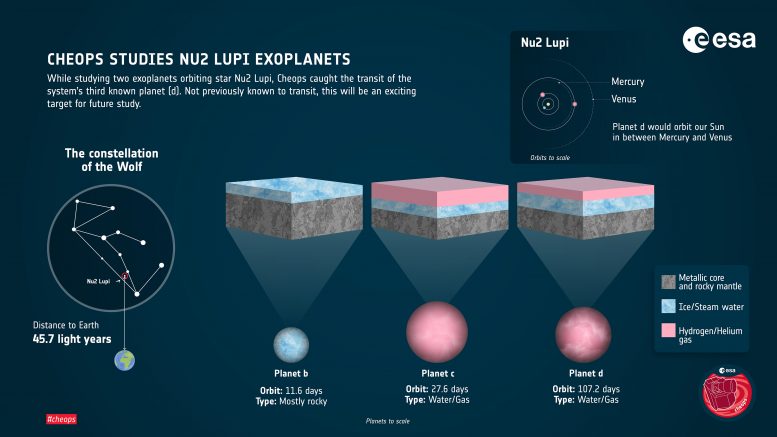
This infographic reveals the details of the Nu2 Lupi planetary system. This bright, Sun-like star is located just under 50 light-years away from Earth in the constellation of Lupus (the Wolf), as shown to the left of the frame, and is known to host three planets (named ‘b’, ‘c’ and ‘d’, with the star deemed to be object ‘A’). The relative sizes, orbital periods, and possible compositions of these three planets are depicted at the center and lower right of the frame, while planet d’s comparative position within our Solar System is shown to the upper right (as defined by the amount of incident light it receives from its star, Nu2 Lupi). Credit: ESA
This proved a game changer, as it is the first time an exoplanet with a revolution period of over 100 days — which corresponds to a distance from the star somewhere between that of Mercury and Venus from the Sun — has been spotted transiting a star that is bright enough to be visible to the naked eye.
“Due to its relatively long period, the amount of stellar radiation reaching the planet is mild in comparison to many other discovered exoplanets. The less radiation a planet receives, the less it changes over time. Therefore, a planet with a long period could have retained more information about its origin,” says David Ehrenreich, professor at the University of Geneva and mission scientist of CHEOPS, who co-signed the study. But so far, the few such exoplanets astronomers had found orbited faint stars. In other words: little of their light reaches Earth and therefore makes them difficult to study. Not this time: “Since its bright host star is quite close to us, it is easier to study. This makes it a golden target for future study with no known equivalent,” Ehrenreich adds.
Further insights from other telescopes
The high-precision measurements of CHEOPS reveal the third planet, called nu2 Lupi d, to be about 2.5 times the size of Earth and almost 9 times its mass. By combining these measurements with archival data from other observatories and numerical models developed by the University of Bern, Laetitia Delrez, a visiting researcher at the University of Geneva and lead author of the study, was able to accurately characterize the density and composition of the planet and its neighbors. “The innermost planet is mainly rocky, while the outer two appear to be enshrouded in envelopes of hydrogen and helium gases beneath which they hold large amounts of water,” Delrez explains. Far more water, in fact, than the Earth has: a quarter of each planet’s mass is made up of water, compared to less than 0.1% for Earth. This water, however, is not liquid, instead taking the form of high-pressure ice or high-temperature steam, making the planets uninhabitable. But these insights could only be the beginning.
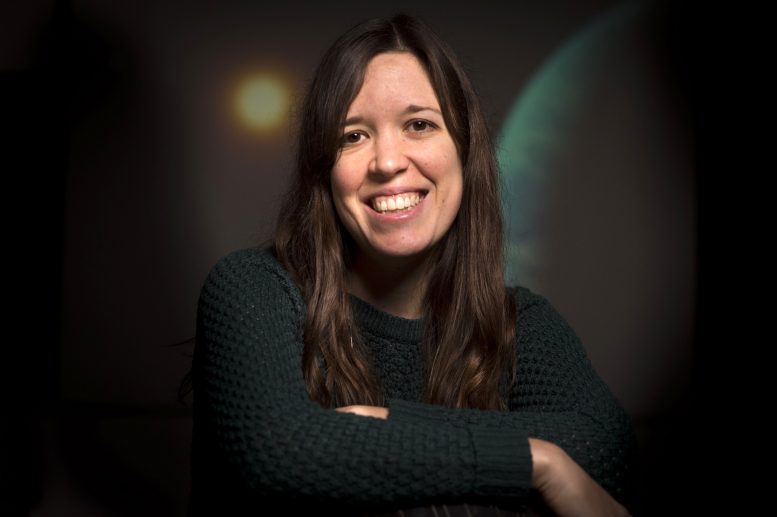
Laetitia Delrez, Visiting researcher at the University of Geneva, now at the University of Liège, Belgium. Credit: ULiege/JLWertz
“Now that we discovered that all three planets transit and have precisely measured their properties, the next step is to study them with bigger and more powerful instruments than CHEOPS, like the Hubble Space Telescope or its successor, the James Webb Space Telescope. They could reveal further details, such as the composition of the atmosphere” says Ehrenreich. Given its overall properties and orbit, planet d is going to become the poster child of exoplanets with a mild-temperature atmosphere around a star similar to the Sun.
Reference: “Transit detection of the long-period volatile-rich super-Earth ν2 Lupi d with CHEOPS” by Laetitia Delrez, David Ehrenreich, Yann Alibert, Andrea Bonfanti, Luca Borsato, Luca Fossati, Matthew J. Hooton, Sergio Hoyer, Francisco J. Pozuelos, Sébastien Salmon, Sophia Sulis, Thomas G. Wilson, Vardan Adibekyan, Vincent Bourrier, Alexis Brandeker, Sébastien Charnoz, Adrien Deline, Pascal Guterman, Jonas Haldemann, Nathan Hara, Mahmoudreza Oshagh, Sergio G. Sousa, Valérie Van Grootel, Roi Alonso, Guillem Anglada-Escudé, Tamás Bárczy, David Barrado, Susana C. C. Barros, Wolfgang Baumjohann, Mathias Beck, Anja Bekkelien, Willy Benz, Nicolas Billot, Xavier Bonfils, Christopher Broeg, Juan Cabrera, Andrew Collier Cameron, Melvyn B. Davies, Magali Deleuil, Jean-Baptiste Delisle, Olivier D. S. Demangeon, Brice-Olivier Demory, Anders Erikson, Andrea Fortier, Malcolm Fridlund, David Futyan, Davide Gandolfi, Antonio Garcia Muñoz, Michaël Gillon, Manuel Guedel, Kevin Heng, László Kiss, Jacques Laskar, Alain Lecavelier des Etangs, Monika Lendl, Christophe Lovis, Pierre F. L. Maxted, Valerio Nascimbeni, Göran Olofsson, Hugh P. Osborn, Isabella Pagano, Enric Pallé, Giampaolo Piotto, Don Pollacco, Didier Queloz, Heike Rauer, Roberto Ragazzoni, Ignasi Ribas, Nuno C. Santos, Gaetano Scandariato, Damien Ségransan, Attila E. Simon, Alexis M. S. Smith, Manfred Steller, Gyula M. Szabó, Nicolas Thomas, Stéphane Udry and Nicholas A. Walton, 28 June 2021, Nature Astronomy.
DOI: 10.1038/s41550-021-01381-5
CHEOPS — in search of potential habitable planets
The CHEOPS mission (CHaracterizing ExOPlanet Satellite) is the first of ESA’s newly created “S-class missions” — small-class missions with an ESA budget much smaller than that of large- and medium-size missions, and a shorter timespan from project inception to launch.
CHEOPS is dedicated to characterizing the transits of exoplanets. It measures the changes in the brightness of a star when a planet passes in front of that star. This measured value allows the size of the planet to be derived, and for its density to be determined on the basis of existing data. This provides important information on these planets — for example, whether they are predominantly rocky, are composed of gases, or if they have deep oceans. This, in turn, is an important step in determining whether a planet has conditions that are hospitable to life.
CHEOPS was developed as part of a partnership between the European Space Agency (ESA) and Switzerland. Under the leadership of the University of Bern and ESA, a consortium of more than a hundred scientists and engineers from eleven European states was involved in constructing the satellite over five years.
CHEOPS began its journey into space on Wednesday, December 18, 2019, on board a Soyuz Fregat rocket from the European spaceport in Kourou, French Guiana. Since then, it has been orbiting the Earth on a polar orbit in roughly an hour and a half at an altitude of 700 kilometers following the terminator.
The Swiss Confederation participates in the CHEOPS telescope within the PRODEX programme (PROgramme de Développement d’EXpériences scientifiques) of the European Space Agency ESA. Through this program, national contributions for science missions can be developed and built by project teams from research and industry. This transfer of knowledge and technology between science and industry ultimately also gives Switzerland a structural competitive advantage as a business location — and enables technologies, processes and products to flow into other markets and thus generate added value for our economy.

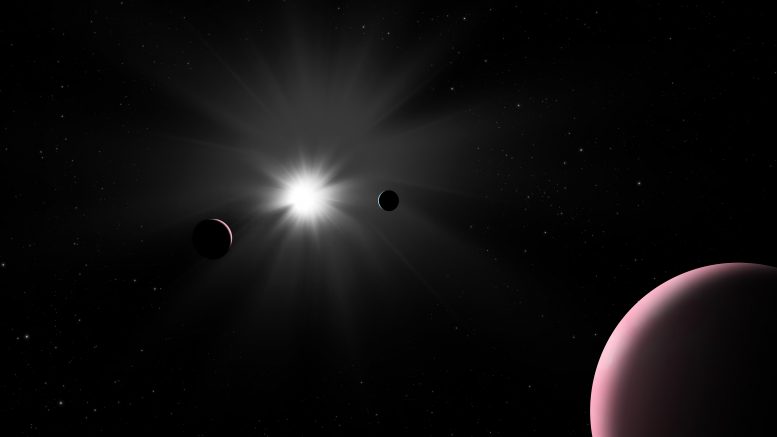
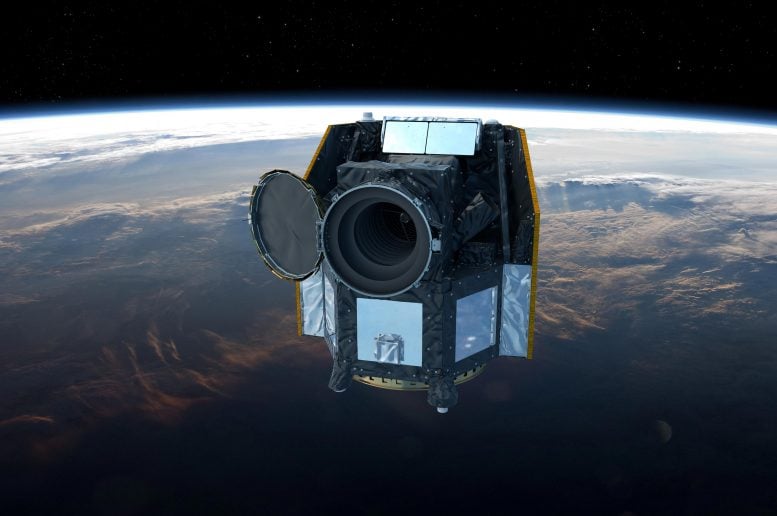
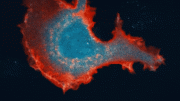
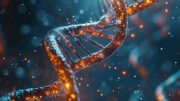
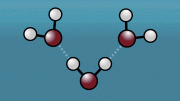
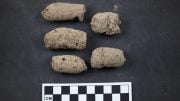
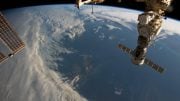
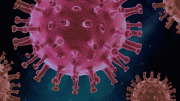

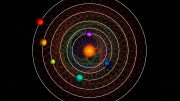
So, we are actually can see* exoplanets at a distance of 50 lights years distance…But we can not discover the missing *. planet in our own solar system.
Interesting… Like where is it now in our galaxie or Solar system at this time our visitor Oumuamua? What is exactly its orbit since was disturbed by our solar system.
The presence of that much water seems to imply the stuff isn’t rare. Hydrogen and oxygen are both pretty common, so not really a surprise. But, in that water is necessary for life (as we know it), finding this much of it implies the liklihood of life elsewhere is probably higher than formerly supposed.
I am so amazed in the research of our universe that NASA does for us ,I love space our universe is exceptional and I’m so glad I can look at the evidence that how our solar system evolves it’s amazing thank you NASA and all researchers without you,
we wouldn’t have the knowledge to see such beautiful, unique, planets,stars meteors supernovas and more, from our galaxies and universe I enjoy looking and learning about earth’ solar system and space and universe it’s fascinating thank you
T.walker 19/07/21